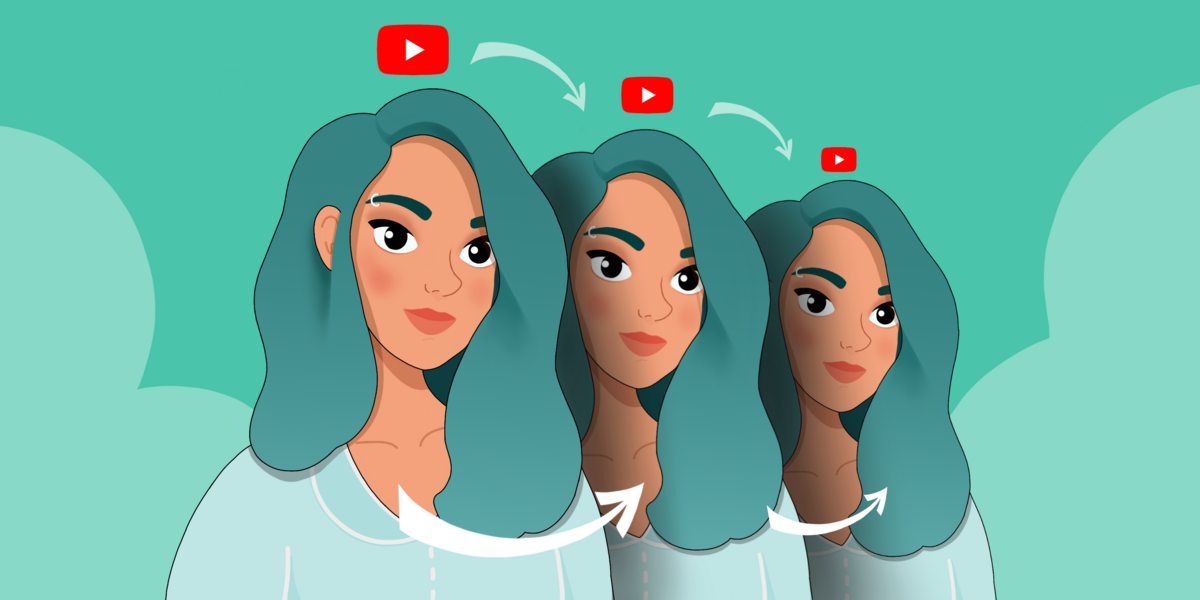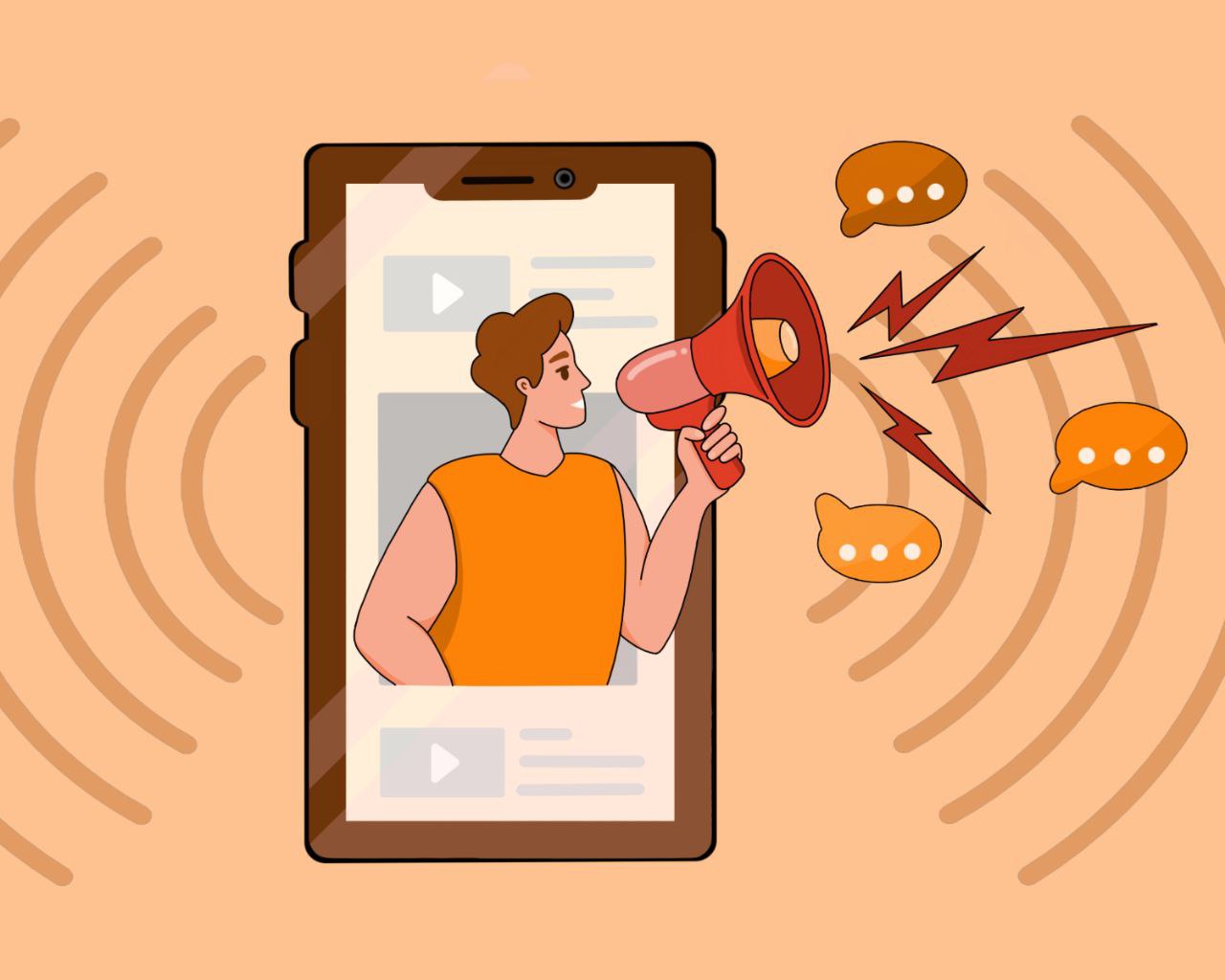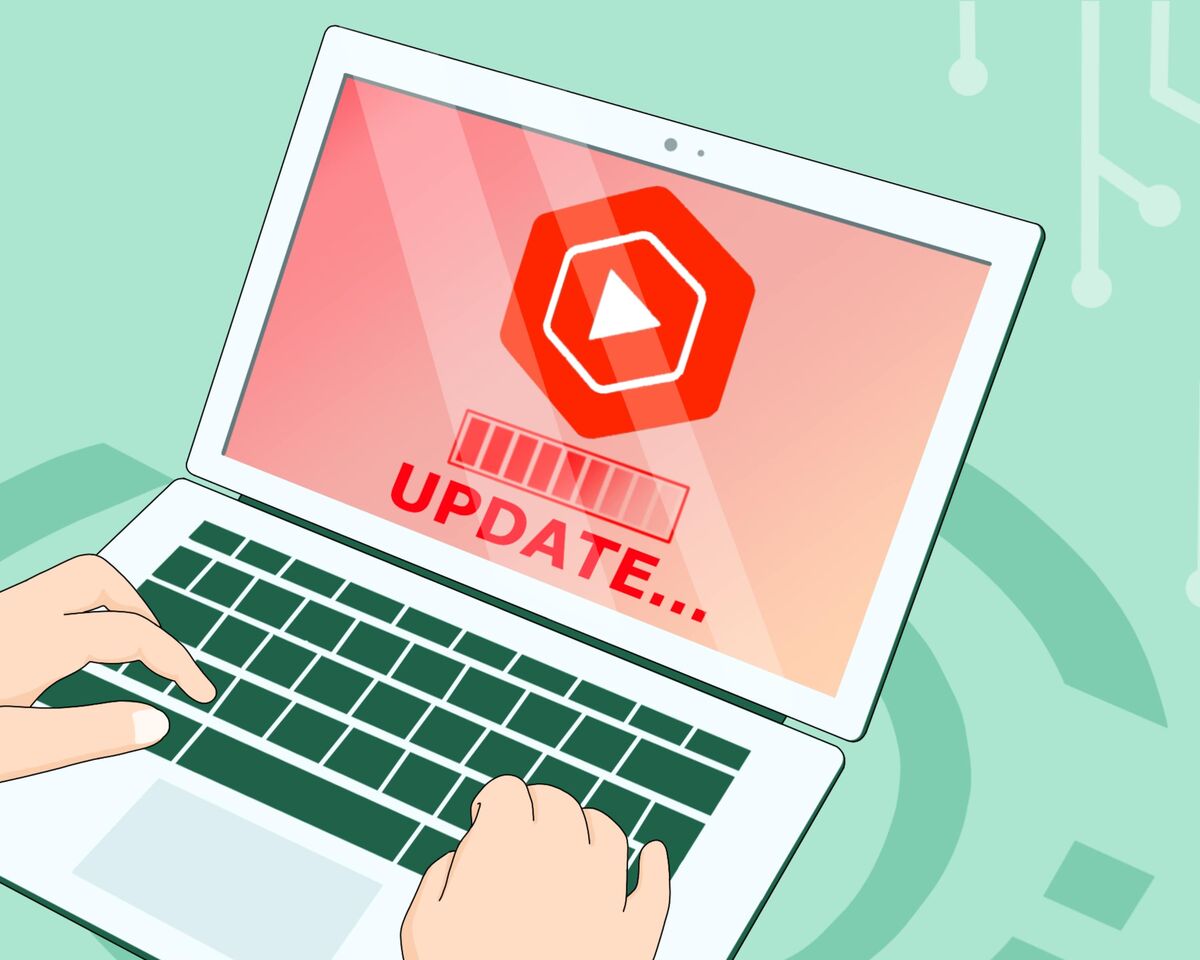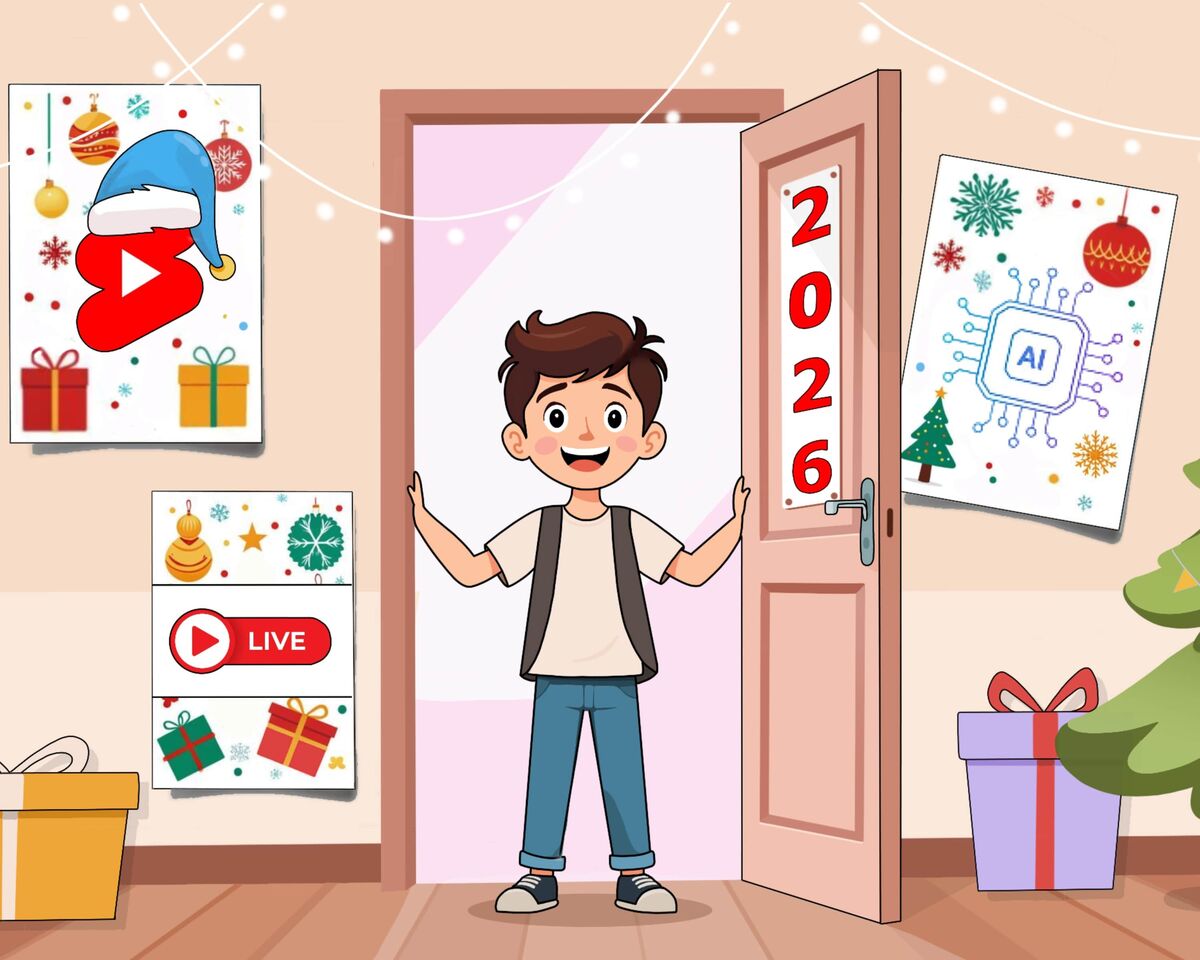Everything You Need to Know About Repurposed Content

How unpleasant it is when you work hard, invest time and effort to create content, and someone takes your creation and claims it as their own.
But even if you feel a bit proud because someone thought your idea was good enough to copy — there’s also another side. For instance, when some so-called creators take already-made material and start making money off it.
Naturally, a lot of questions arise. How should you react to these actions? Should you report it or not? Is YouTube planning to do anything about this? Let's turn to the platform's representatives for answers.
About a month ago, an interview with Thomas Kim, Director of Product Relations and Creator monetization at YouTube was published on the Creator Insider channel run by YouTube representatives. He came to discuss working with the Partner Program and reused content.
And the first question on the list:
What is reused content ?
One of the main goals YouTube aims to achieve through the Partner Program is to reward creators for producing new and original video content. Therefore, YouTube takes a strict stance on copying.
In the platform team's definition of, "reused" or, as we are more familiar with, "repetitious content" is content that uses footage from various television programs or videos from other YouTubers. This occurs when random users upload someone else's content without significant changes.
The official YouTube Help Center conveys almost the same meaning, but in more sophisticated terms.
We'll simplify it even further: “reusing” is when a creator tries to take credit for someone else's work by re-uploading an already existing video or idea.
The notification feature for unauthorized use of your content is available to creators who are part of the Partner Program, have applied for access to the Copyright Match Tool, or have previously submitted copyright claims that were successfully resolved.
If you've met one of the conditions, you can find this feature in the Creator Studio, under the "Copyright" tab in the "Matches" section.
Note: If you belong to the listed category of creators but don't see the tab, don't worry. It likely means the system hasn't found any matches yet.
Let's get back to the interview. According to Thomas Kim, YouTube's goal is to ensure that the benefits of content always go to the original creator, not some copycat.
We see thousands of Shorts copying each other every day. Full movies and TV shows are uploaded not by the original channels or streaming service channels but by random users. Viral clips, which belong to one person, get used by everyone.
In today’s world, it is fortunate if the original rights holder is aware of and benefits from the widespread use of their footage. But what if they don't? Most creators aren't even aware of their sudden popularity. Think about those humorous TV shows that feature guests from viral internet videos. Many of these individuals didn't know they had become popular. Similarly, some creators who film these clips don't always know their content was uploaded by someone else.
In these cases, the notion of original sources becomes irrelevant. Despite this, YouTube is striving to fight reused content. Algorithms have improved significantly, and using even a second of someone else's content can trigger a Content ID notification to the rights holder about the violation.
However, it’s worth noting that not all creators will receive these notifications. Content ID was designed to assist major music labels and film studios. To join this program, you need to provide substantial proof that you are the rightful owner of the content and hold exclusive rights to it. Even then, not all applications are approved.
YouTube might offer alternative solutions, like the Copyright Match Tool in the Creator Studio, which we discussed earlier.
Unfortunately, the system for detecting reused content isn't perfect. We haven't yet reached a point where we can identify creators who copy the scripts and content of other creators and fully recreate it for their own channels.
It's peculiar that the rules of the Partner Program don't apply to prominent YouTubers. What matters more than copying Mr. Beast is the number of people you bring to the platform.
In addition, It’s important to understand that YouTube's systems for regulating copyright within the platform and copyright law itself are entirely separate entities.
Why does YouTube care about the use of reused content?
Thomas has an answer, stating that solving the problem of repetitive content is important for both the platform and its viewers.
When users visit YouTube, they want to consume fresh, engaging, and unique content that they can't find on other platforms.
Having the same videos on YouTube makes it less valuable for the viewer.
What about the creators in this situation?
Thomas notes that YouTubers' work is hard, and they need to be rewarded for creating original and creative content. Imagine someone takes your video, minimally edits it—for instance, by cutting off credits or watermarks that distinguish the creator—and then earns revenue. This revenue might not necessarily be monetary; it could be subscribers, views, likes, and other forms of engagement. In any case, this is the currency that rightfully belongs to the original creator.
Thomas emphasizes that the action of copycats do not motivate creators to grow within the platform. This is logical—if you put in the effort, and then someone else profits from your content, does that add any incentive to create something new? The answer is no.
How can creators avoid a rejection or suspension for reused content?
Let's review creators who make their own videos while using snippets from movies and television as examples or to substantiate their points. This also includes reaction content, where creators include a significant portion of other content in their review.
Host Rene Ritchie chose this question because it concerns all creators. Thomas provided a very clear answer: "If you are using clips or re-shot material from other sources — TV shows, anime, it doesn't matter — just make sure you approach it with originality."
Let's now understand what this 'clear' answer means.
YouTube doesn't intend to ban or prevent monetization for everyone who uses additional materials in their videos.
Moreover, the platform doesn't block your videos, it simply issues warnings. However, the rights holder can make the following decisions: allow you to use the excerpt while tracking statistics, take a portion of the monetization, or worst-case scenario, block and remove the video. Any removal of a video equals a strike.
Unfortunately, this is the harsh reality for those who choose to work with content belonging to others. You must know and understand in advance that at any moment, you can lose access to all materials if the original creator wishes. Even personal permission does not guarantee that you will be allowed to use their content indefinitely.
Let's move on to the next question.
Does Youtube look at the video level or channel level?
This is a very interesting question. Because many creators adhere to the concept that 'the cannon decoration of the channel and thumbnails decide, and the content inside the video does not matter' or 'the content decides, and it does not matter how the channel looks.'
Here, Thomas helps us dispel all myths. He says that the evaluation during the monetization application review depends on the entire channel. Not on individual videos, not on the appearance, but on all the work done on YouTube.
That's why the policy includes options for rejection, even if you have reached the threshold requirements. In the section 'How to Avoid Another Rejection,' several actions that creators can take to avoid a new rejection are described. And the wording, which once again confirms that YouTubers need to work on the channel comprehensively, is as follows:
In addition, Thomas emphasizes the same point as outlined in the Help Center. Specifically, a warning: YouTube's team stresses the importance of reviewing all content, including each video. If you miss something crucial in your initial application, you'll have to wait 21 days before trying again.
Subsequent attempts are even more restricted, typically limited to about three months. The exact number of chances is unclear, but each subsequent attempt is governed by a 90-day period.
Next question:
What about a creator reusing their own content on their other channels?
And here the answer will be similar to what was mentioned earlier.
Creativity on YouTube is everything.
Therefore, even content duplication must be thoughtful and justified. Certainly, everyone understands, including the YouTube team, that, for example, cutting highlights from your podcast to create engaging Shorts fits perfectly. This way, you can promote yourself alongside longer videos and provide viewers with more content. The same applies to longer videos where you decide to compile thoughts from other videos and reupload them.
Thomas argues that when reusing your own content it’s important to to the following two steps:
- First, at least some minor reworking of the material.
- Second, clarification of content duplication in the description or elsewhere.
Let's go step by step. Minor reworking can include: cutting, shortening the duration, adding memes and gags, expanding the content, and so on. As for clarification, that's more interesting.
Thomas' words are quite vague — where exactly should this clarification be placed, and who will read or see it? But in any case, he recommends making textual or visual notes. For example, a disclaimer in the description like: "Guys and gals, the full video is already on the channel, but for now, you can check out this summary of the main points in Shorts format."
And the last question.
When in doubt, what are the best practices for creators?
Here we're talking about what creators should do when they're unsure whether to add annotations about reused content from their own videos in their own videos.
YouTube wants to see original content on its platform. For instance, if you're an artist running an educational channel, there's already a huge amount of similar content on YouTube. Everyone is trying to share techniques and life hacks — there's seemingly nothing new to offer.
Nevertheless, you will always bring your unique perspective to your creativity. No one can replace your style, your personal life hacks developed through trial and error. The topic might be the same, but how you present it will be considered unique content.
So, we've covered originality.
Now let's address the main question one last time. No one will stop you from making references in your work, attaching memes, or including excerpts from books. No one is asking you to stop using clips from movies, TV shows, or other creators' videos.
Ensure that your content and your adaptations are significantly improved from the reference material. Comment on what you attach to your videos, share your opinion. Use others' content conscientiously so that YouTube can understand that you are indeed putting in substantial effort. With this approach, positive results will soon follow.




